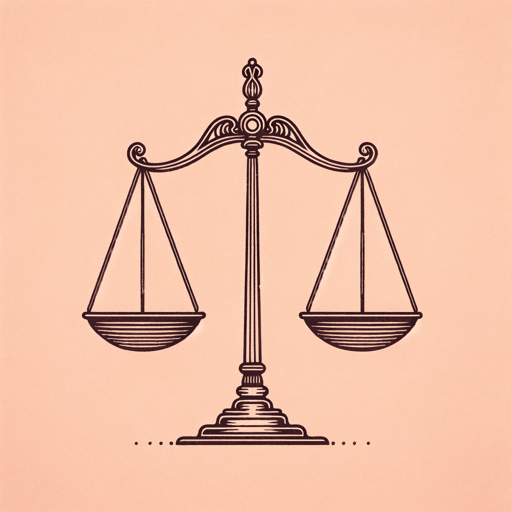36 pages • 1 hour read
AeschylusEumenides
Fiction | Play | Adult | Published in 458A modern alternative to SparkNotes and CliffsNotes, SuperSummary offers high-quality Study Guides with detailed chapter summaries and analysis of major themes, characters, and more.
Themes
The Legal Basis of Justice
Whereas the justice explored in the previous plays of the Oresteia (Agamemnon and Libation Bearers) is largely retributive, Eumenides moves toward a legal notion of justice and social order. The retributive impulse that characterizes Agamemnon and Libation Bearers—returning wrong for wrong and violence for violence—is given a physical manifestation in the Furies, who pursue Orestes for the pollution he incurred through his crime of matricide. The Furies view themselves as “straight and just” (312), and indeed they do represent an eye-for-an-eye notion of fairness. But the ugliness of the Furies, so strongly emphasized in the play and possibly a detail invented by Aeschylus, suggests that the retributive vengeance embodied by the Furies is ugly and outdated. To Apollo, the Furies actually represent malevolence, rather than true justice:
It was because of evil they were born, because
They hold the evil darkness of the Pit below
Earth, loathed alike by men and by the heavenly gods (71-73).
Related Titles
By Aeschylus
Featured Collections
9th-12th Grade Historical Fiction
View Collection
Ancient Greece
View Collection
Books on Justice & Injustice
View Collection
Dramatic Plays
View Collection
Guilt
View Collection
Philosophy, Logic, & Ethics
View Collection
Political Science Texts
View Collection
Revenge
View Collection
Sexual Harassment & Violence
View Collection







